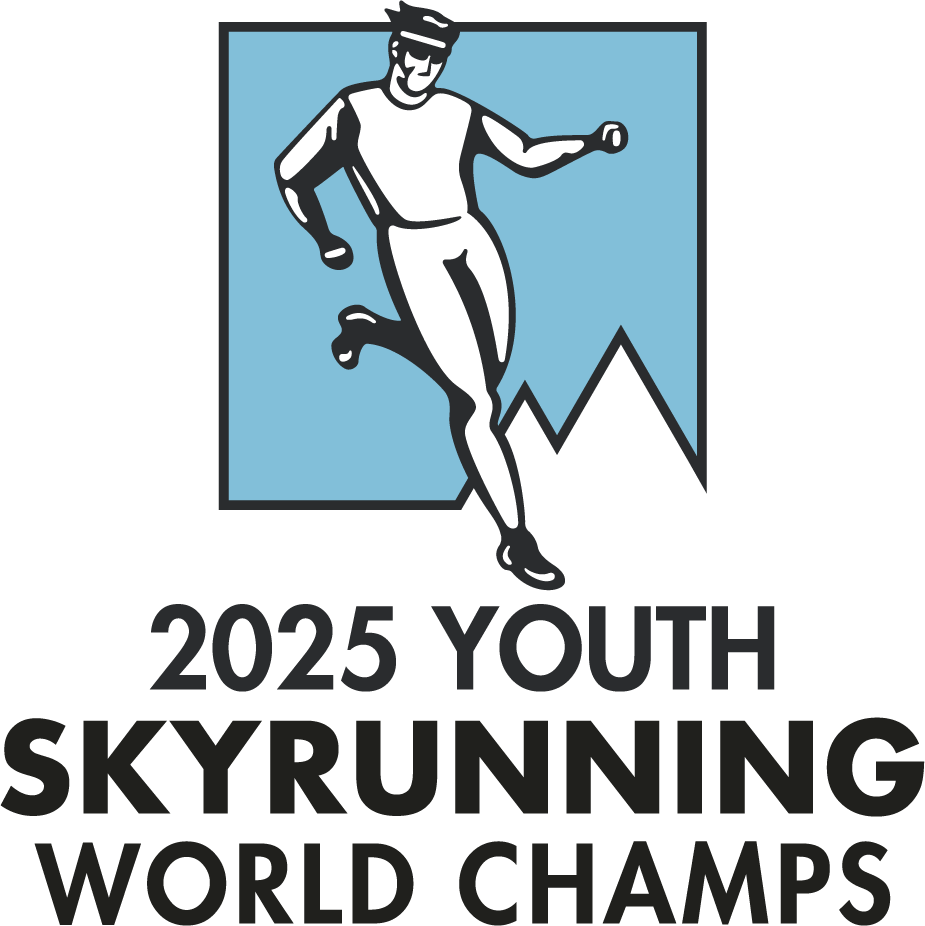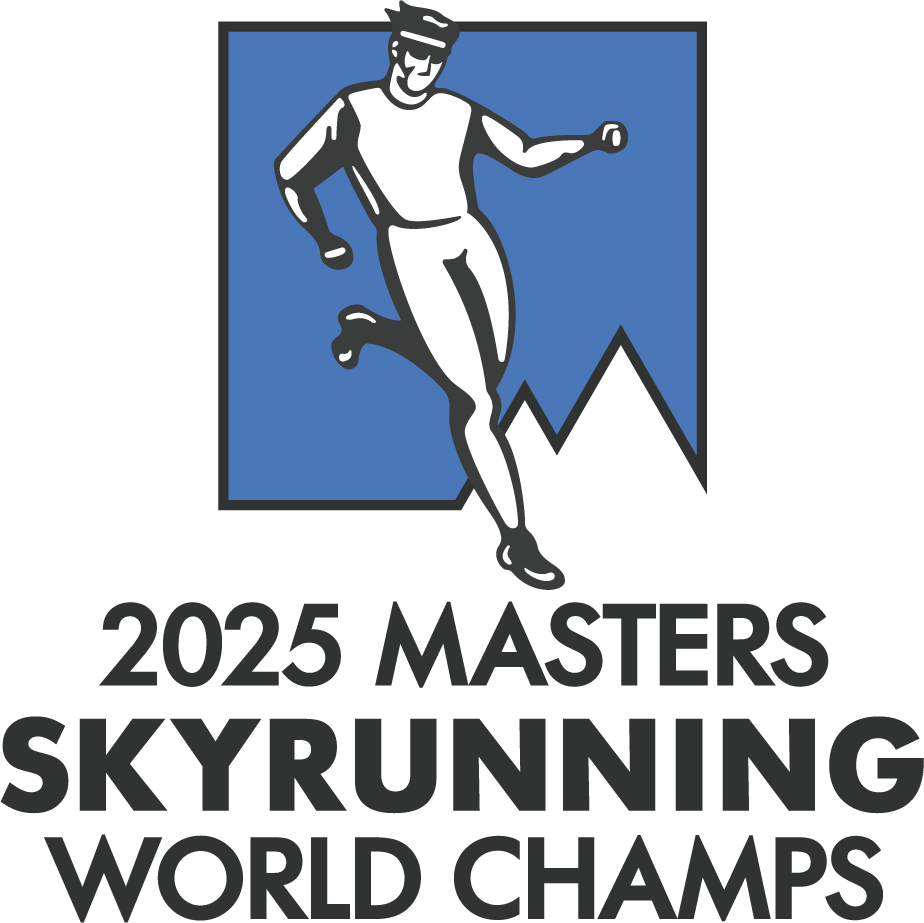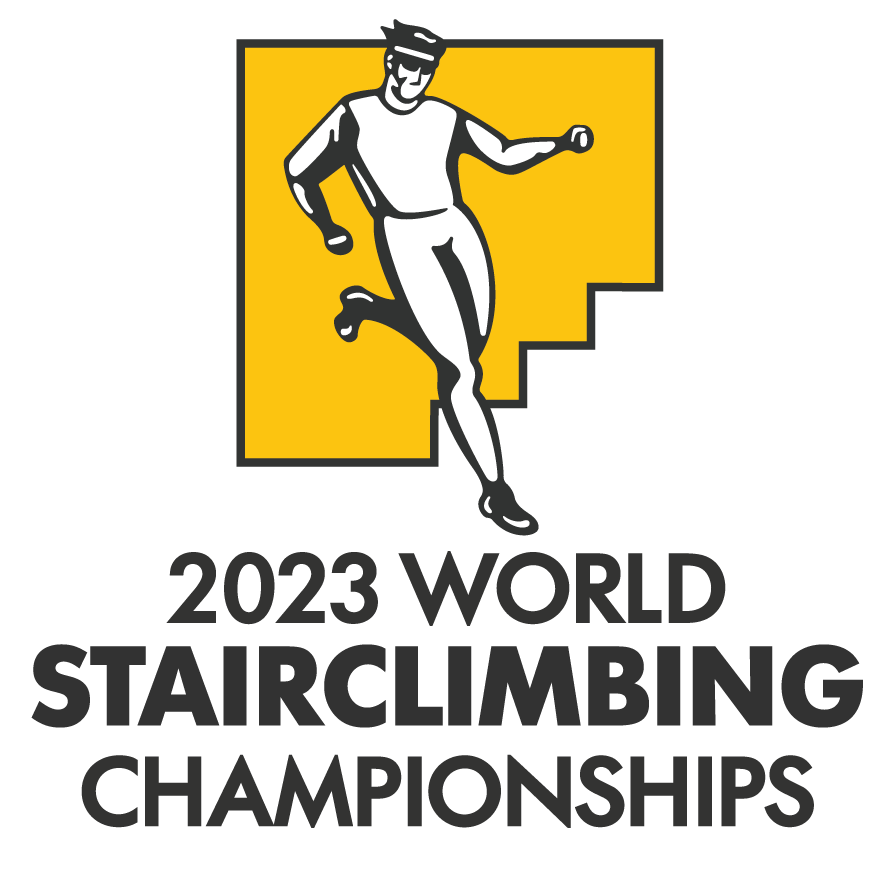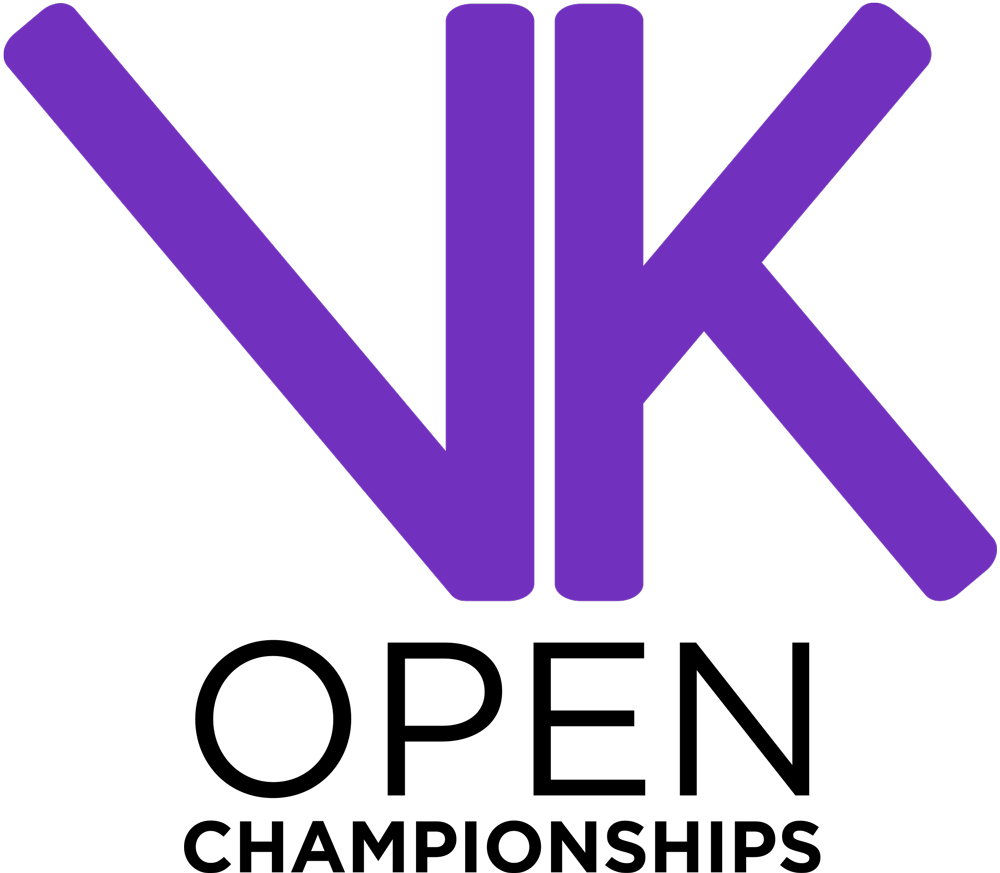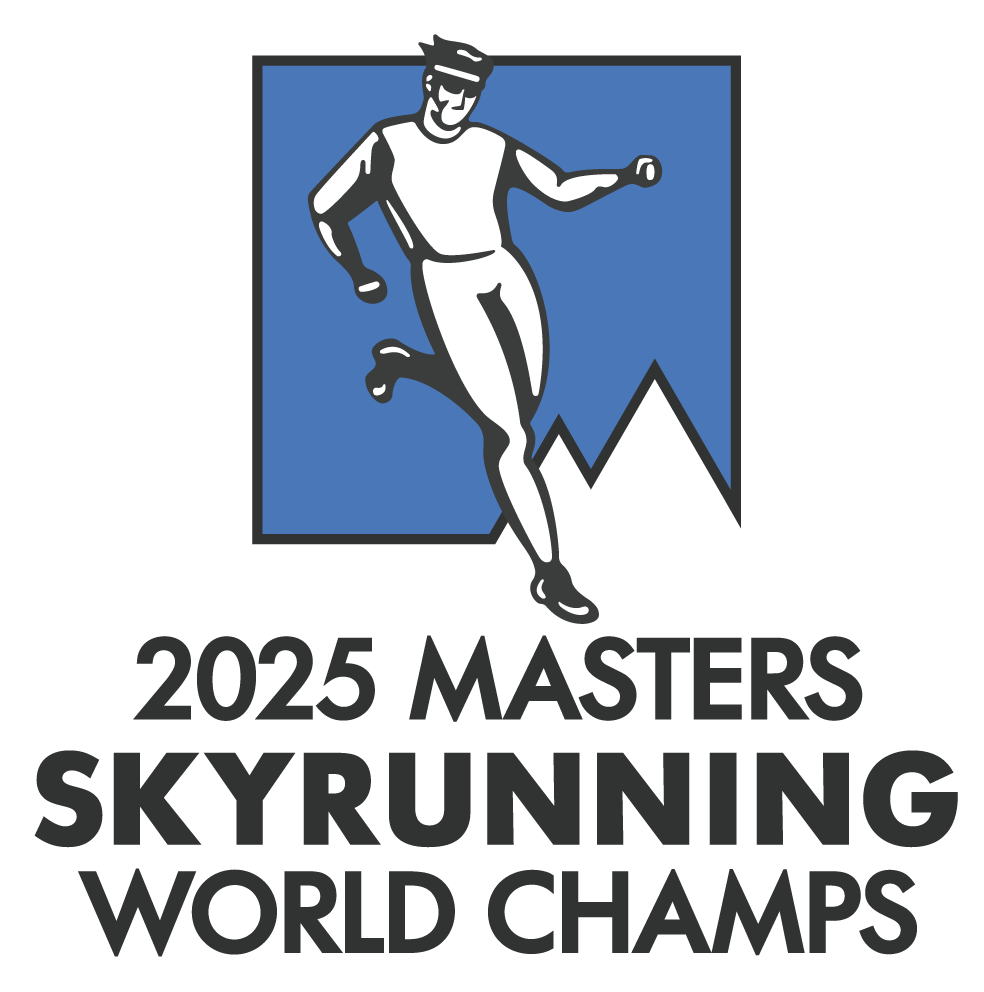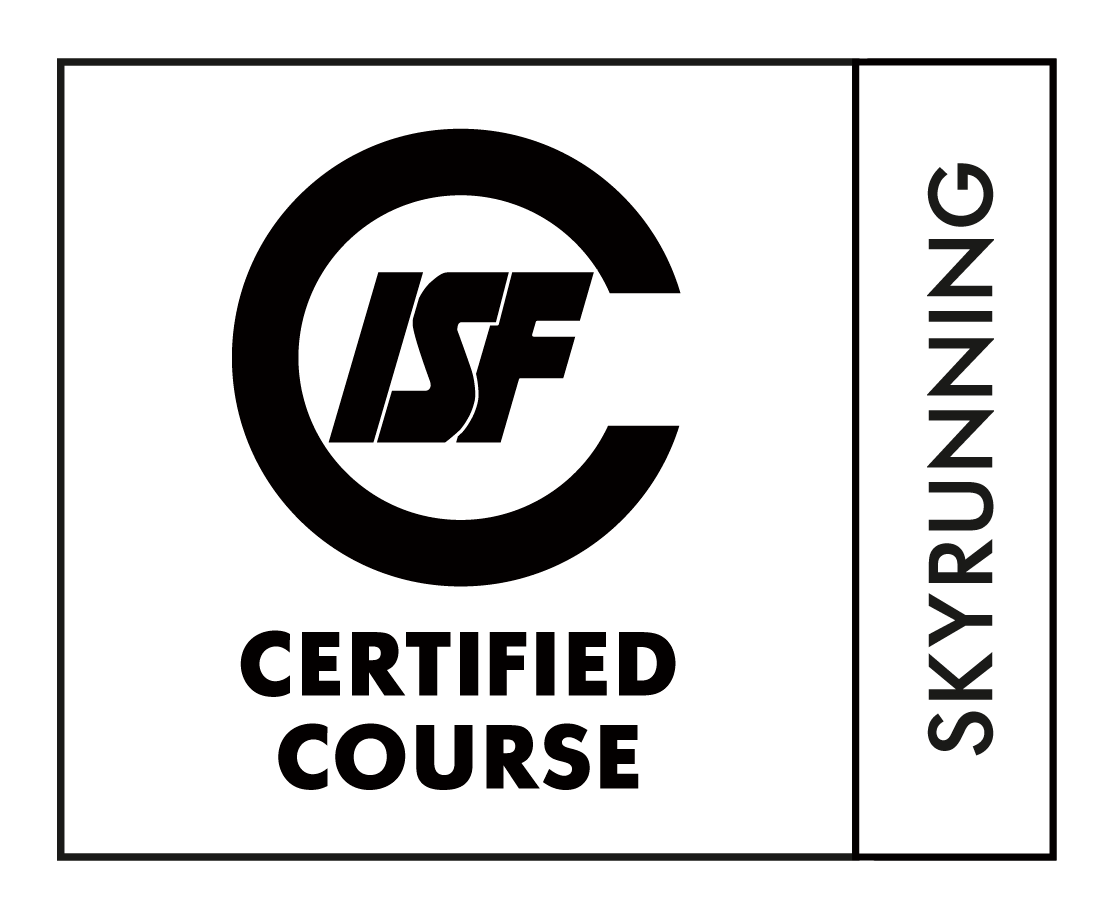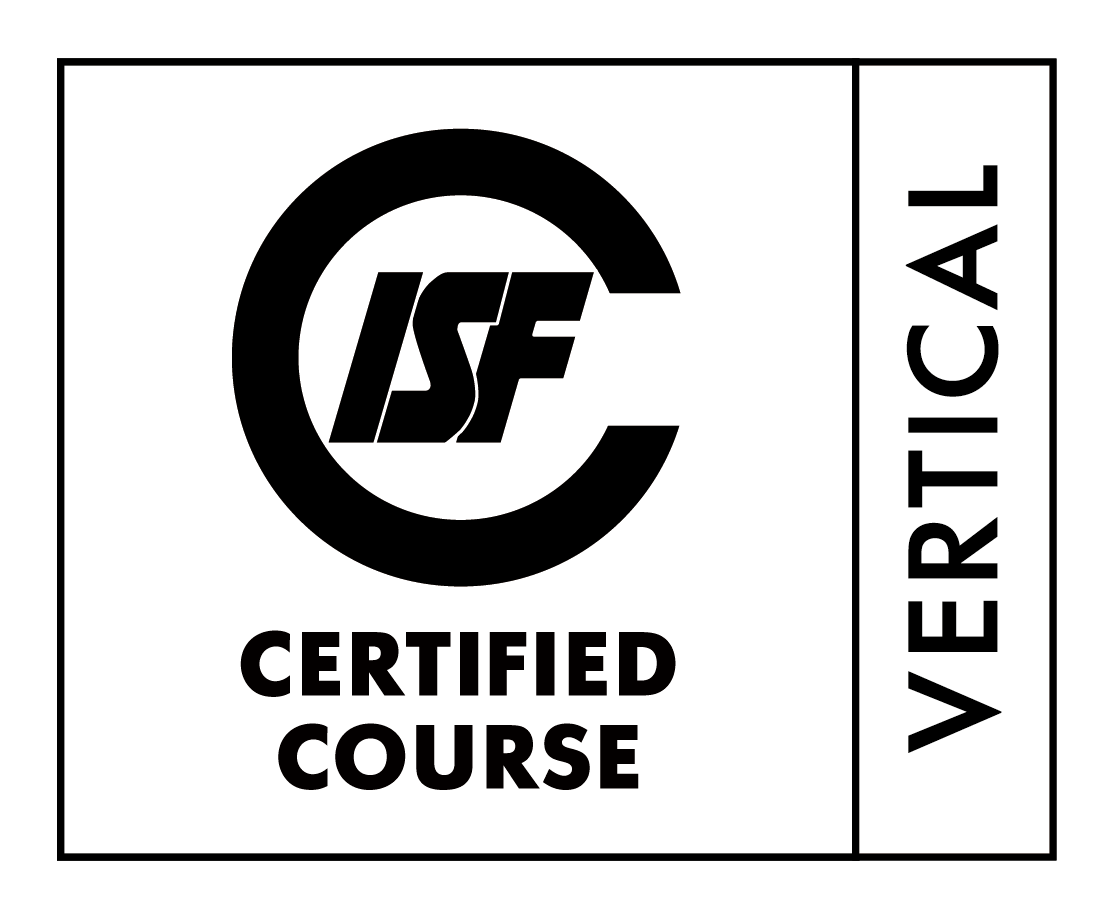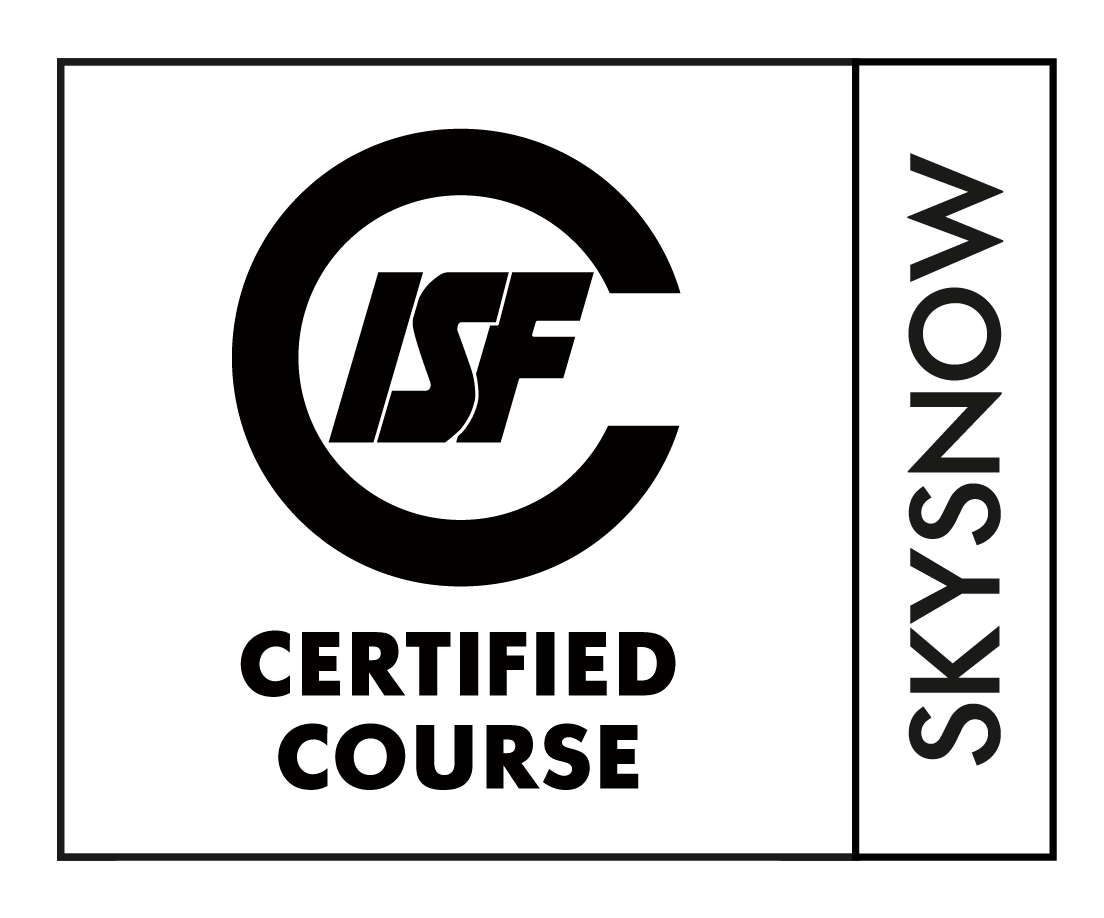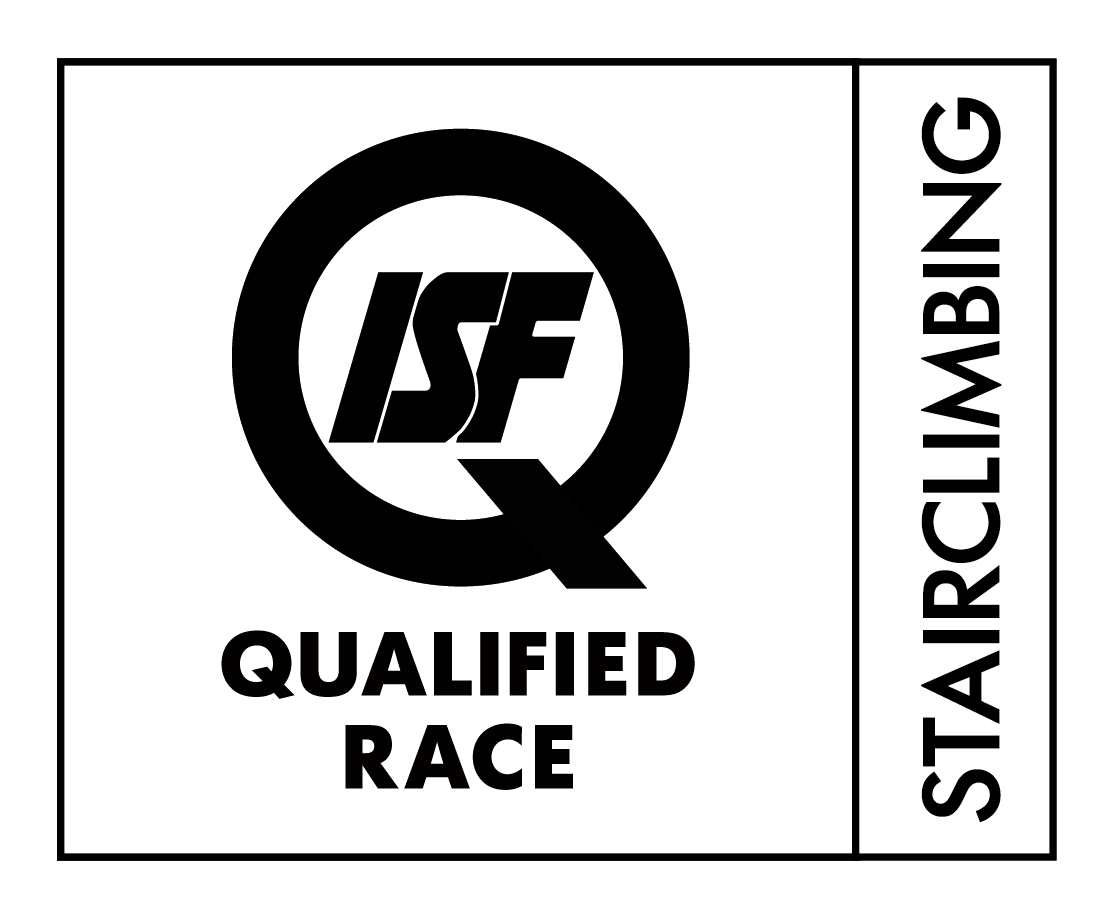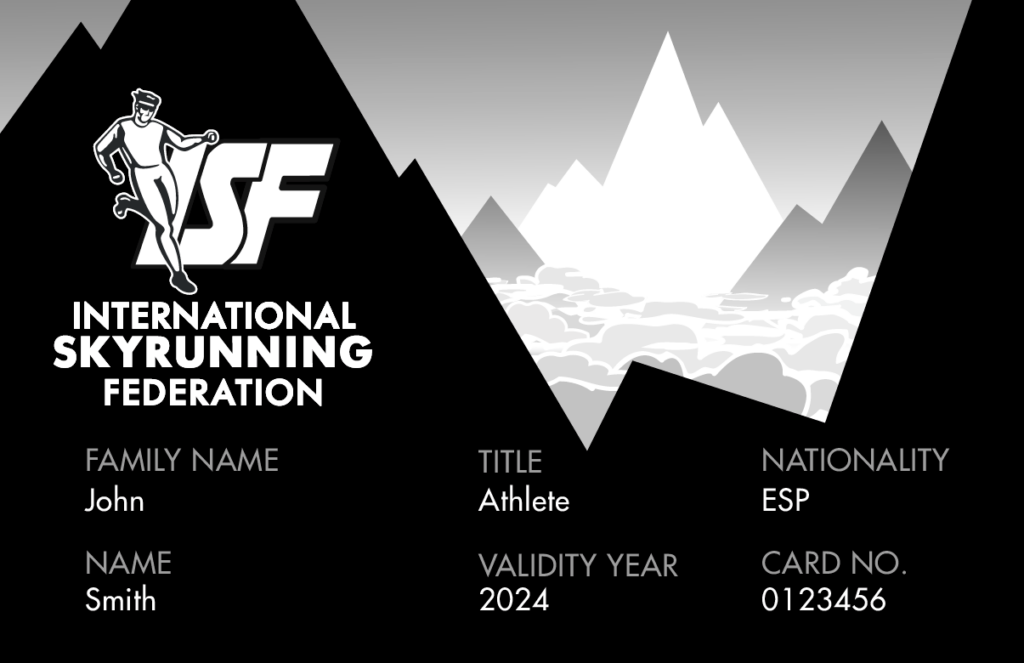According to WADA
The International Skyrunning Federation is committed to fight doping in our sport and adheres to the WADA anti-doping code in collaboration with our partner UIAA (International Climbing and Mountaineering Federation).
The founder members of skyrunning have carried out tests since the first Skyrunning World Championships held in 1998, Cervinia, Italy (through the previous Federation for Sport at Altitude). WADA tests have been carried out in the biennial Skyrunning World Championships since 2014, the annual Youth Skyrunning World Championships since 2016 and other World Championships, European Championships and the Skyrunner® World Series SkyMasters in 2023. Since the ISF foundation in 2008, anti-doping rules are outlined in the Rules (Art. 5.19 and 7.14).
For further information, see below:
What is doping?
Doping is defined as the occurrence of one or more of the following anti-doping rule violations:
- Presence of Prohibited Substance:
Presence of a prohibited substance or its metabolites or markers in an athlete’s sample - Use of Prohibited Substance/Method:
Use or attempted use by an athlete of a prohibited substance or method - Refusing Sample Collection:
Refusing, or failing without compelling justification, to submit to sample collection after notification as authorised in applicable anti-doping rules, or otherwise evading sample collection - Failure to File Whereabouts & Missed Tests:
Violation of applicable requirements regarding athlete availability for out-of-competition testing, including failure to file required whereabouts information and missed tests (i.e., any combination of three missed tests and/or filing failures within an 18-month period may be deemed a doping violation) - Tampering:
Tampering or attempted tampering with any part of the doping control process - Possession:
Possession of a prohibited substance and prohibited method - Trafficking:
Trafficking or attempted trafficking in any prohibited substance or method - Administration:
Administration or attempted administration to an athlete of a prohibited substance and/or method; or assisting, encouraging, aiding, abetting, covering up or any other type of complicity involving an anti-doping rule violation or any attempted anti-doping rule violation.
What substances and methods are banned?
The List of Prohibited Substances and Methods (List), updated annually by WADA, is the International Standard defining what is prohibited in-and-out-of-competition. The List also indicates whether particular substances are banned in particular sports.
Here you can find the Prohibited List.
What else should athletes know about banned substances and methods?
Athletes should always check with their IF to find out what additional substances and methods are prohibited in their sport.
Also, athletes should always make their doctor aware that they are bound by the specific rules of their sport. Those who are unsure of what a product contains should not take it until they are sure it is not prohibited. Ignorance is never an excuse.
What should athletes know about using supplements?
Extreme caution is recommended regarding supplement use. It is WADA’s position that a good diet is of utmost importance to athletes. The use of dietary supplements by athletes is a concern because, in many countries, the manufacturing and labelling of products may not follow strict rules, which may lead to a supplement containing an undeclared substance that is prohibited under anti-doping regulations. A significant number of positive tests have been attributed to the misuse of supplements, and taking a poorly labelled dietary supplement is not an adequate defence in a doping hearing.
What about medical conditions?
Athletes, like all others, may at times experience a medical condition that requires them to use particular medicines. The substances that an athlete may be required to take to treat a condition could fall under the List. However, by applying and obtaining a therapeutic use exemption (TUE) from the IF or NADO, an athlete may be allowed to take the necessary medicine. Athletes who need to apply for a TUE should request more information about the TUE application process from their IF (for international-level athletes) or NADO (for national-level athletes).
Here you can find more info about Therapeutic use exemptions (TUE)
What are doping controls?
Worldwide doping controls — or athlete testing — are carried out in accordance with the Code and the International Standard for Testing (IST). Athletes who compete at the international and national level may be tested anytime, anywhere. Specially trained and accredited doping control personnel carry out all tests.
The 12 steps of doping control
- Athlete Selection
- Notification
- Reporting to the Doping Control Station
- Selection of a Collection Vessel
- Provision of Sample
- Volume of Urine
- Selection of a Sample Collection Kit
- Splitting the Sample
- Sealing the Samples
- Measuring Specific Gravity
- Completion of the Doping Control Form
- The Laboratory Process
Here you can see the movie of world anti-doping agency-the doping control process for athletes
What is in-competition testing?
ADOs coordinate in-competition testing so that there is only one organisation testing at an event.
Unless provided otherwise in the rules of the relevant IF or event ruling body, in-competition means the period commencing 12 hours before a competition in which the athlete is scheduled to participate through the end of the competition and the sample collection process related to the competition.
Criteria for the selection of athletes is pre-determined, based on the regulations of the relevant IF or event ruling body. Sample collection takes place in accordance with the IST. Athletes are notified of their selection for testing. Samples are analysed for “in-competition substances” as outlined in the Prohibited List.
What is out-of-competition testing?
Out-of-competition testing, or any testing done outside of an event, ensures that athletes can be tested at any time and at any place.
Visit UIAA Anti-doping page
For more information, contact your sports federation or your National or Regional Anti-Doping Organization. Additional athlete resources, including the following, are available on WADA’s Website
- The World Anti-Doping Code
- The Prohibited List and other International Standards
- Publications about TUE requirements, the doping control process
- The Anti-Doping Quiz, an online interactive game about anti-doping
What is the World Anti-Doping Code?
The World Anti-Doping Code (“the Code”) is the core document that provides the framework for harmonised anti-doping policies, rules and regulations within sports organisations and among public authorities. The ultimate goal is for all athletes to benefit from the same anti-doping procedures and protections, no matter the sport, the nationality, or the country where tested, so that all athletes may participate in competition that is both safe and fair.
The World Anti-Doping Code was first adopted in 2003, became effective in 2004, and was then amended, effective January 1, 2009.
What happens to anti-doping and COVID-19?
The World Anti-Doping Agency is actively responding to the coronavirus (COVID-19) outbreak as it relates to the Global Anti-Doping Program. Here you can find all WADA updates and resources for athletes and other members of the anti-doping community during, what is, a rapidly evolving situation.


